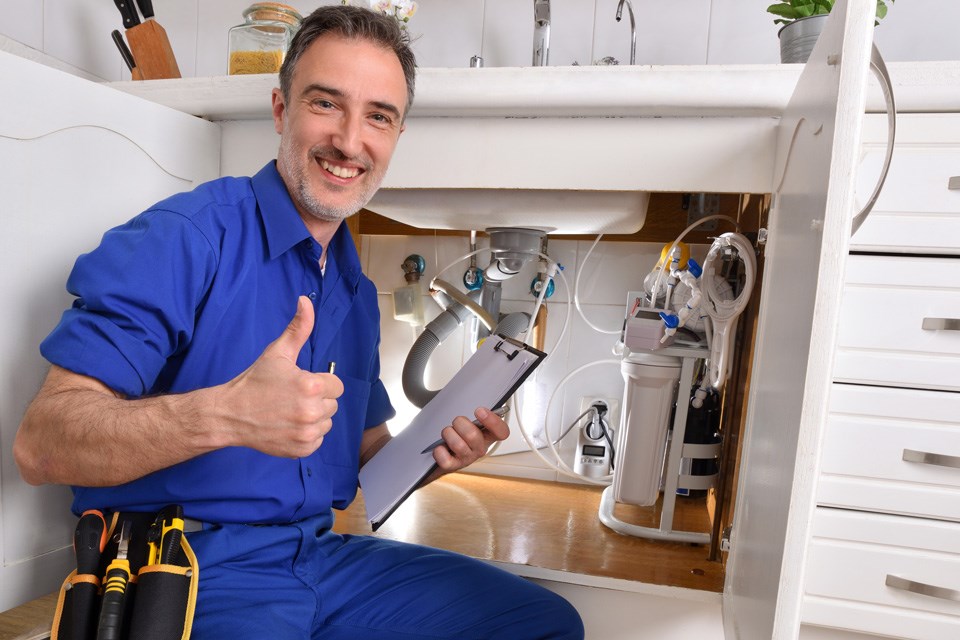Reputable Plumber Alabaster AL for All Your Emergency situation Needs
Reputable Plumber Alabaster AL for All Your Emergency situation Needs
Blog Article
A Step-by-Step Overview to Reliable Hot Water Heater Installment for Ideal Efficiency
Starting the task of setting up a water heating system is an endeavor that demands precision and a methodical strategy for attaining optimum efficiency. The process starts with the critical decision of selecting the appropriate heating unit customized to the specific requirements of your house, considering aspects such as type, dimension, and power resource. Once chosen, preparing the installment area to meet safety and security requirements is critical. The trip doesn't end here. As you proceed, the intricacies of linking supply of water lines and establishing trusted electrical or gas links await, encouraging insights right into ensuring performance and reliability.
Choosing the Right Water Heating System

Next, think about the dimension and capacity of the hot water heater. It's crucial to analyze your household's hot water requirements, which can differ based upon the variety of occupants and their usage patterns. A system that's also small may cause not enough hot water, while an oversized design could cause unnecessary energy consumption.
Effectiveness ratings likewise play a pivotal function in option. Search for water heating systems with high Energy Aspect (EF) ratings, suggesting premium performance and decreased energy usage. Tankless designs, though usually more expensive upfront, offer significant energy financial savings in time because of their on-demand home heating capabilities.
Preparing the Setup Location
Prior to setting up a new water heating system, careful preparation of the installment location is crucial. It's vital to determine the space carefully to suit the water heating unit's dimensions, ensuring ample clearance around the system for efficient operation and maintenance.
Following, eliminate any type of particles, dust, or blockages from the site to produce a tidy environment. Examine the floor for stability, as the water heater will certainly need a solid, degree surface to run efficiently. If essential, mount a drip pan beneath the device to capture potential leaks or spills, avoiding water damages to the surrounding area. In areas susceptible to seismic task, think about setting up seismic straps to safeguard the heater securely in position.
Additionally, guarantee that all needed tools and products get on hand before beginning the installation. This includes things such as wrenches, screwdrivers, a degree, and any kind of added equipment needed for installing and protecting the heating system. A well-prepared installment area establishes the structure for an effective water heater setup, optimizing performance and safety.
Connecting Supply Of Water Lines
When linking water system lines to your recently set up water heating system, it is essential to guarantee that all links are leak-free and safe and secure to keep reliable procedure and prevent water damage. Begin by determining the cool and warm water system lines. The cool water inlet is generally marked with a blue label or a "C", while the warm water electrical outlet is marked with a red label or an "H".
Use versatile water heating system connectors to promote why not find out more a much easier setup procedure. Before connecting the connectors, put a plumber's tape around the threaded ends of the water heating unit's about his inlet and outlet pipes.
When connections are in area, slowly transform on the major water supply valve. Check each link for leaks by visually inspecting and really feeling for wetness. Tighten up connections as essential, and make sure the pressure relief valve is correctly set up, securing versus extreme pressure build-up.
Setting Up Electrical or Gas Connections
Properly setting up the electrical or gas links for your water heater is a crucial step to guarantee risk-free and effective procedure. For electric water heating units, begin by verifying that the electrical circuit is compatible with the heater's voltage and amperage demands.
For gas water heaters, safety is critical. Link the gas line to the water heating system using an adaptable gas connector, guaranteeing it is properly threaded and secured with pipeline joint compound or Teflon tape appropriate for gas connections.
As soon as connections are made, evaluate for any possible leakages. For gas lines, use a soapy water service to the joints; bubbles indicate a leak. For electric connections, confirm that all wiring is secure and correctly insulated, maintaining compliance with regional electric codes.
Testing and Adjusting for Effectiveness
With the electric and gas links safely in location, the following step is evaluating the operational effectiveness of your water heating system. Begin by carefully turning on the water supply and making sure there are no leakages at any of the valves or joints.
Following, carry out a comprehensive examination to make certain the burner or gas heaters are functioning appropriately. For electric heaters, use a multimeter to validate if the elements are attracting the appropriate existing. In gas models, observe the heater flame; it must be blue and consistent, indicating efficient burning.
Readjust the setups as needed to remove inefficiencies. Think about implementing insulation procedures, such as adding a hot water heater covering, to even more improve efficiency by lessening warmth loss. In addition, inspect the anode rod's problem, as a scrubby pole can lower efficiency and result in container deterioration.
Conclusion
Efficient water heater installation is crucial for ensuring ideal performance and power cost savings. Firmly linking water supply lines and meticulously establishing up electrical or gas connections decrease potential issues.

Properly establishing up the electric or gas connections for your water heating unit is an important action to make sure efficient and secure procedure. For electrical water heating systems, begin by verifying that the electric circuit is compatible with the heating unit's voltage and amperage requirements. Attach the gas line to the water heating system using an adaptable gas port, ensuring it is correctly threaded and sealed with pipe joint compound or Teflon tape appropriate for gas connections.
Report this page